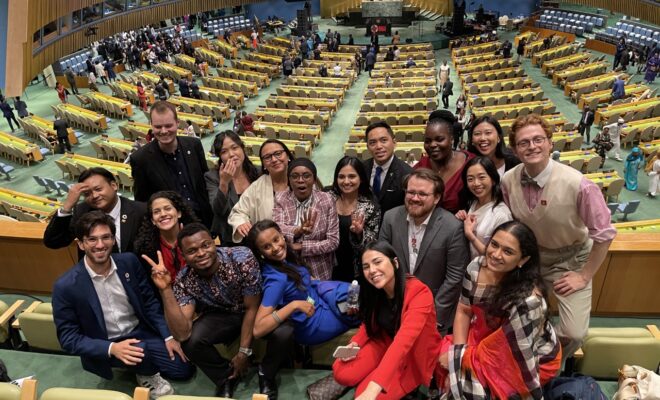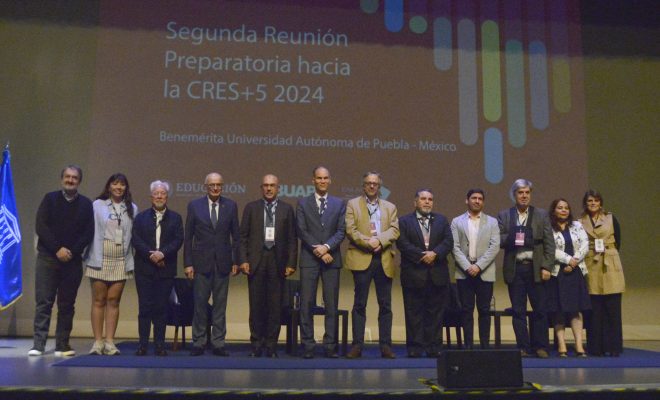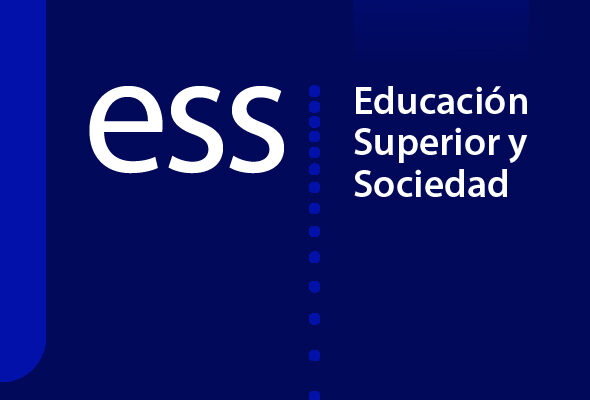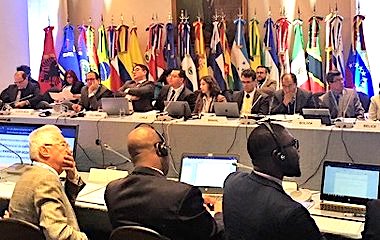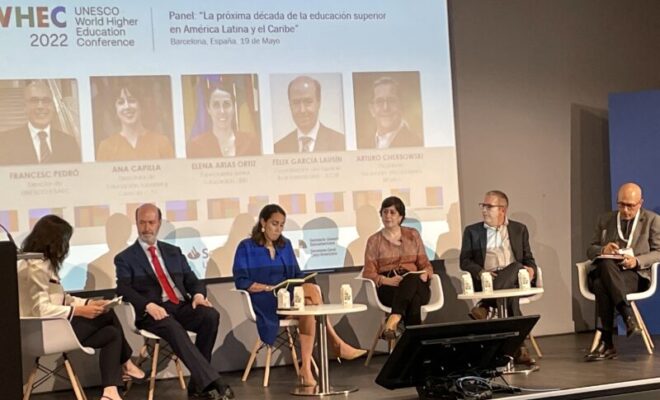Higher education is also a fundamental right for migrants and refugees

UNESCO recently launched the Spanish version of the Global Education Monitoring Report 2019 – Migration, displacement and education: building bridges, not walls (GEM). Conducted by an independent team of experts, the document constitutes the presentation of the report of the monitoring mechanism on the objective of sustainable development (SDG) 4 “Ensure inclusive, equitable and quality education and promote lifelong learning opportunities for all”; and on education in the other SDGs.
The Director-General of UNESCO, Audrey Azoulay, points out in the prologue of the report that, due to the current context of migration and displacement of people in search of better opportunities and quality of life, “investing in the education of those who migrate makes the difference between creating a path of frustration and disturbance, or opening the path of cohesion and peace (…). Education cannot wait”, he says. Helen Clark, president of the Advisory Council of the GEM Report, comments that “Migrations require answers. We can raise barriers, or reach out to those on the other side, to build trust, include, reassure”.
The 20 chapters of the GEM Report address the access of migrants and refugees to higher education systems in host populations. In its 436 pages, the authors analyze issues that include migrants, rural schools, the inclusion of refugees in intercultural study systems and national education systems, the fight against segregation, recognition of qualifications, orientation of school funding to specific destinations, the preparation of effective humanitarian aid dedicated to education, and the preparation of teachers to deal with students of great diversity.
Higher education, recognition of studies and academic mobility
The GEM Report emphasizes the need to harmonize quality assurance standards and mechanisms for higher education (HE) with a view to recognizing bilateral, regional and / or global academic degrees. This is how the adoption of the UNESCO World Convention on the Recognition of Qualifications for Higher Education constitutes a fundamental step forward in this regard.
It also mentions the regional initiatives that seek to harmonize standards and quality assurance mechanisms for higher education, particularly the Lisbon Convention because it represents the most advanced development. In this sense, and regardless of the content of this report, it is worth mentioning the recent adoption of the Agreement for the Recognition of Studies, Degrees and Diplomas of Higher Education in Latin America and the Caribbean by 23 countries during the International Conference of States organized by the UNESCO International Institute for Higher Education in Latin America and the Caribbean (IESALC), with support from the Argentine government. This political commitment will favor the academic mobility of the region, with its positive impacts both in intra-regional cooperation and in the long-awaited for regional integration.
In figures, 2016 was marked by student mobility in the Asian continent: China, India and the Republic of Korea accounted for 25% of all mobility abroad. While many traveled to western countries, 36% of 1.3 million international students from East Asia and the Pacific remained in the region. Europe was the second region of origin with 23% of the total; and 76% of the 900,000 students remained in the European continent. Intra-regional students accounted for 35% of the total international students in Europe.
In 2017, the number of students studying abroad amounted to 5.1 million, which corresponds to an estimated rate of outward mobility of 2.3%, compared with 2% in 2012. Half of all International students moved to five English-speaking countries: Canada, the United States, New Zealand, the United Kingdom and Australia. In these last three, more than 15% of the students are foreigners.
Regarding Latin America and the Caribbean, the case of Venezuelans who have left the country has special mention, in what has been described as the “the most accelerated movement of people across borders in the history of Latin America”, although the absence of sources to triangulate the information does not allow for accurate data. The report mentions that 1.6 million people have left the country since 2015.
Remittances made it possible to increase educational spending by more than 35% in 18 countries in Africa and Asia, and by more than 50% in Latin America. Regarding the average public expenditure on education, the average world proportion was 14.1%, and in the regions it was 11.6% in Europe and North America, up to 18% in Latin America and the Caribbean. On the other hand, domestic spending on education indicates that in 15 countries in sub-Saharan Africa it was 4.2%; and a study of 12 countries in Latin America determined that it was 3.4%.
It is expected that the data collected in the GEM 2019 Report on migration and education will allow States to point out both the advantages and disadvantages of education in order to manage migrations and displacements in a significantly beneficial way, particularly in relation to the goals of SDG 4.
Other data of interest
– The entry of an additional institution among the 200 of the World Classification of Universities, known as the Shanghai Classification, is linked to an 11% increase in the number of students that the institution receives from abroad.
– In 18 European countries, a 1% increase in spending per student causes on average an increase of 2% in the number of students from abroad.
– Regional qualification frameworks are those that truly catapult intra-regional mobility. Being still very few, they emphasize the Directive of Professional Qualifications of the European Union that grants automatic multilateral recognition for regulated professions. This allows architects, dentists, doctors, midwives, nurses, pharmacists and veterinarians holding an approved qualification to practice in any member state of the Union. Another example worth mentioning is the Certificate of Recognition of Qualifications issued by CARICOM that allows its holders to circulate and exercise freely in any of the countries of the Community.
RELATED ITEMS
